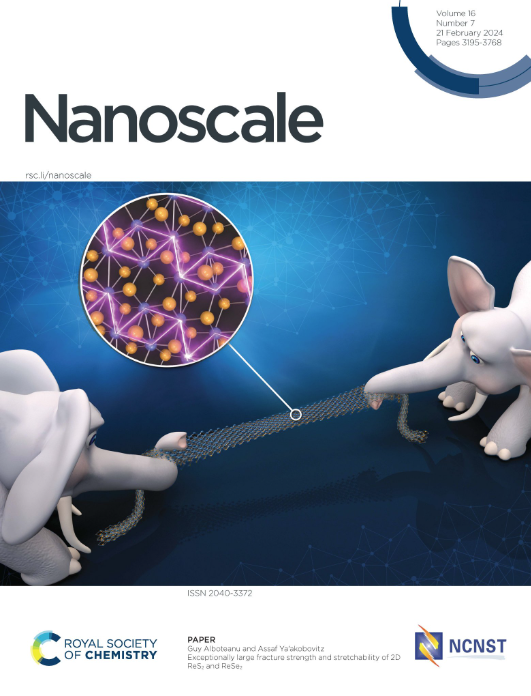Recent advances in photocatalytic ammonia synthesis: Materials design and mechanism insight
IF 5.1
3区 材料科学
Q1 CHEMISTRY, MULTIDISCIPLINARY
引用次数: 0
Abstract
Ammonia, a core raw material for the global agricultural and chemical industries, faces serious challenges in its conventional synthesis process (Haber-Bosch method) due to its high energy consumption, high carbon emissions and dependence on fossil fuels. Photocatalytic ammonia synthesis technology provides a revolutionary solution for green ammonia economy by realizing efficient nitrogen reduction under mild conditions with solar energy as the driving force. In this paper, we systematically review the mechanism of photocatalytic nitrogen reduction reaction, focusing on the adsorption activation of nitrogen molecules, electron transfer pathways, and intermediate product regulation strategies, and review multiple types of photocatalyst systems including metal oxides, sulfides, bismuth-based materials, and carbon-based materials. Modification strategies such as defect engineering, single-atom modification, heterojunction design and plasma effect can significantly optimize the light absorption range, suppress carrier recombination and enhance the active site density. It is further pointed out that the existing catalytic systems still face bottlenecks such as low quantum efficiency, photocorrosion, and scale-up reactor design, and the future needs to promote the photocatalytic synthesis of ammonia from the laboratory to the industrialization through the multiscale synergistic innovation. This study provides theoretical guidance and practical framework for the design and development of an efficient and stable photocatalytic ammonia synthesis system, which is scientifically important for achieving the goal of carbon neutrality.光催化合成氨的新进展:材料设计和机理研究
氨作为全球农业和化工行业的核心原料,由于其高能耗、高碳排放和对化石燃料的依赖,其传统合成工艺(Haber-Bosch法)面临严峻挑战。光催化合成氨技术以太阳能为动力,在温和条件下实现高效的氮还原,为绿色氨经济提供了革命性的解决方案。本文系统综述了光催化氮还原反应的机理,重点介绍了氮分子的吸附活化、电子转移途径和中间产物调控策略,并对金属氧化物、硫化物、铋基材料和碳基材料等多种类型的光催化体系进行了综述。缺陷工程、单原子修饰、异质结设计和等离子体效应等修饰策略可以显著优化光吸收范围,抑制载流子复合,提高活性位点密度。进一步指出,现有催化体系仍存在量子效率低、光腐蚀、反应器设计放大等瓶颈,未来需要通过多尺度协同创新,推动光催化合成氨从实验室走向产业化。本研究为设计和开发高效、稳定的光催化合成氨系统提供了理论指导和实践框架,对实现碳中和目标具有重要的科学意义。
本文章由计算机程序翻译,如有差异,请以英文原文为准。
求助全文
约1分钟内获得全文
求助全文
来源期刊

Nanoscale
CHEMISTRY, MULTIDISCIPLINARY-NANOSCIENCE & NANOTECHNOLOGY
CiteScore
12.10
自引率
3.00%
发文量
1628
审稿时长
1.6 months
期刊介绍:
Nanoscale is a high-impact international journal, publishing high-quality research across nanoscience and nanotechnology. Nanoscale publishes a full mix of research articles on experimental and theoretical work, including reviews, communications, and full papers.Highly interdisciplinary, this journal appeals to scientists, researchers and professionals interested in nanoscience and nanotechnology, quantum materials and quantum technology, including the areas of physics, chemistry, biology, medicine, materials, energy/environment, information technology, detection science, healthcare and drug discovery, and electronics.
 求助内容:
求助内容: 应助结果提醒方式:
应助结果提醒方式:


